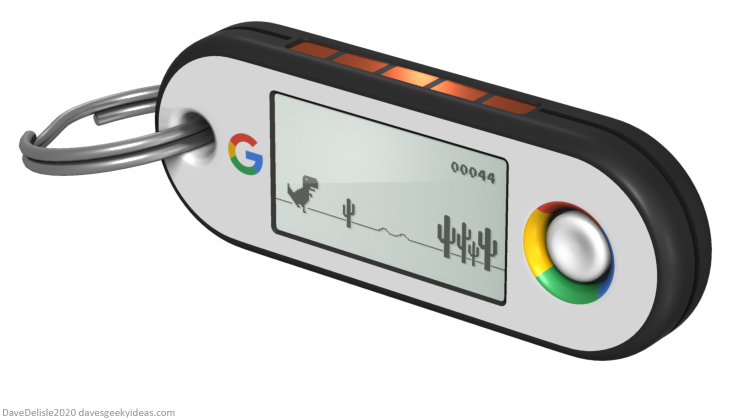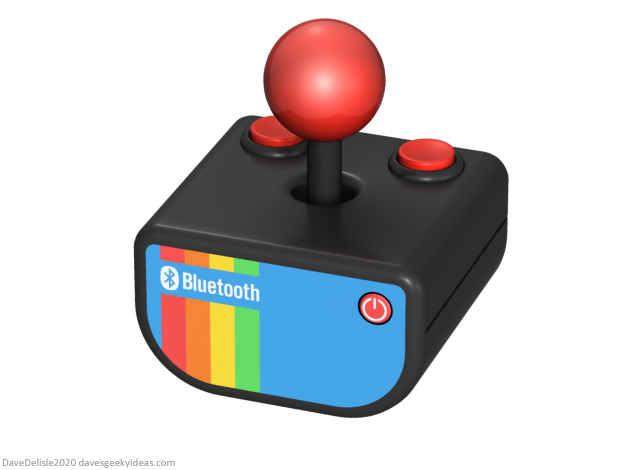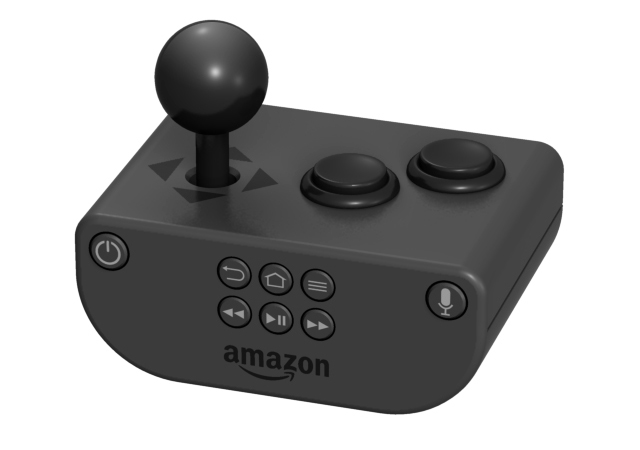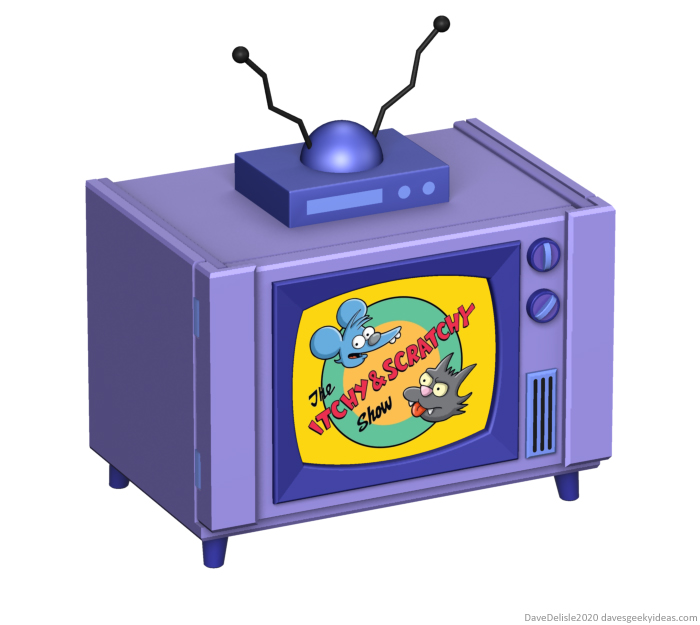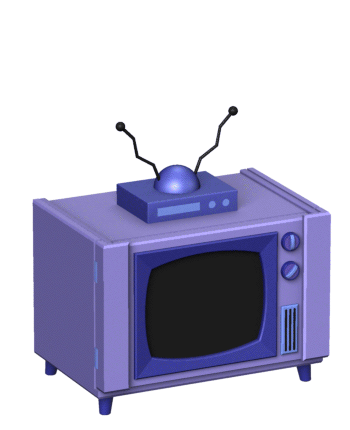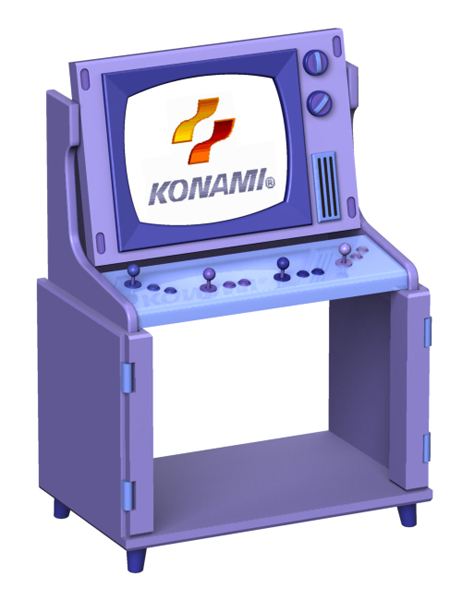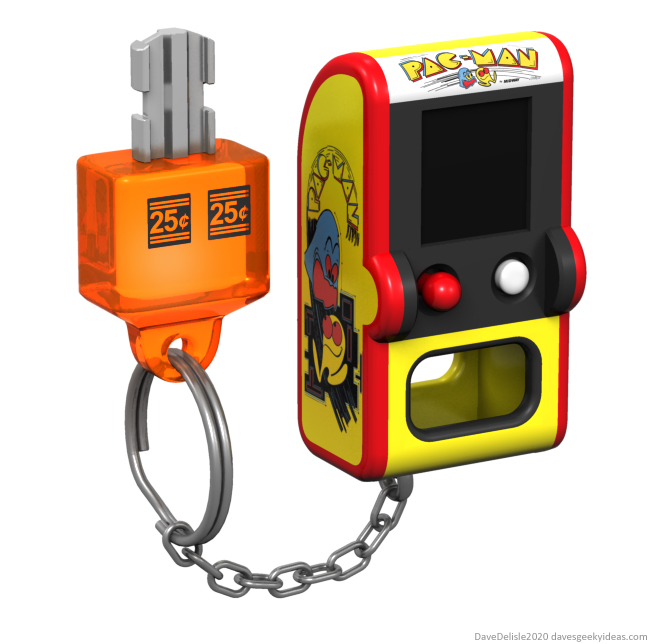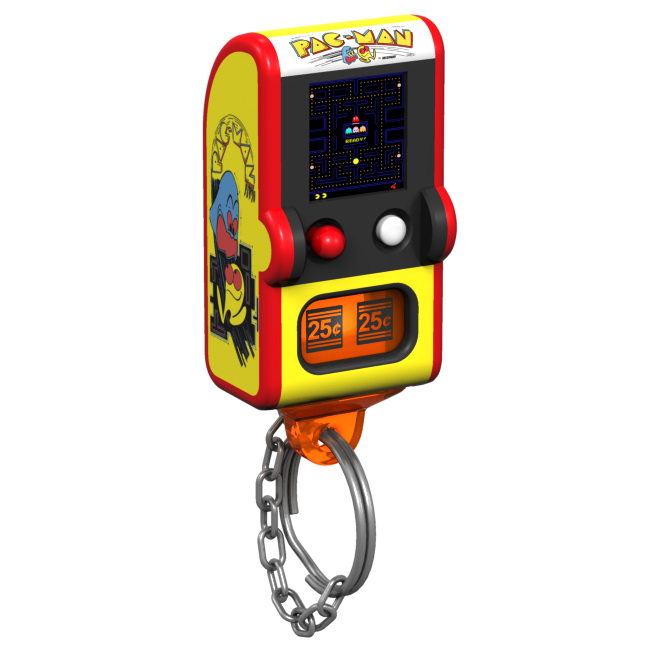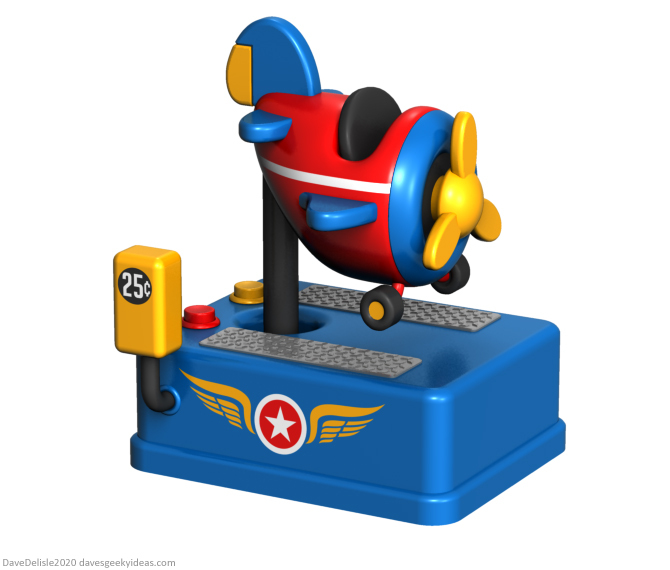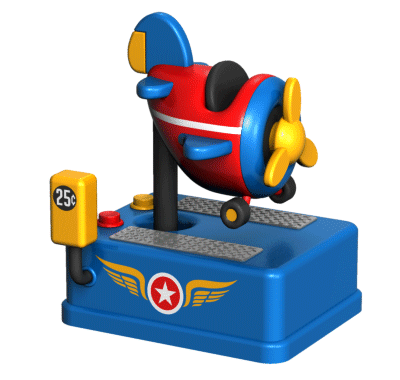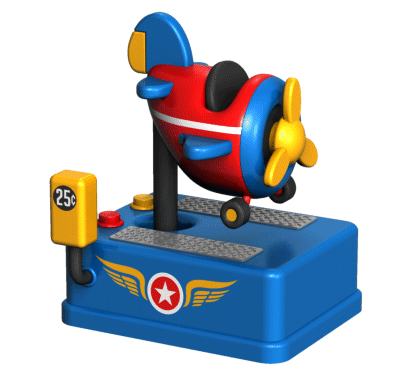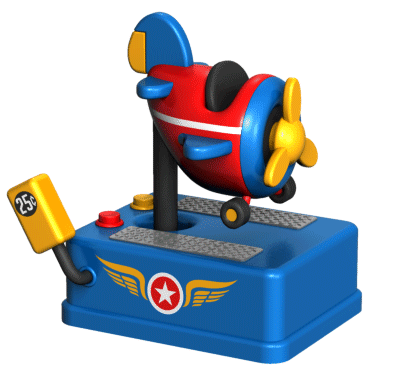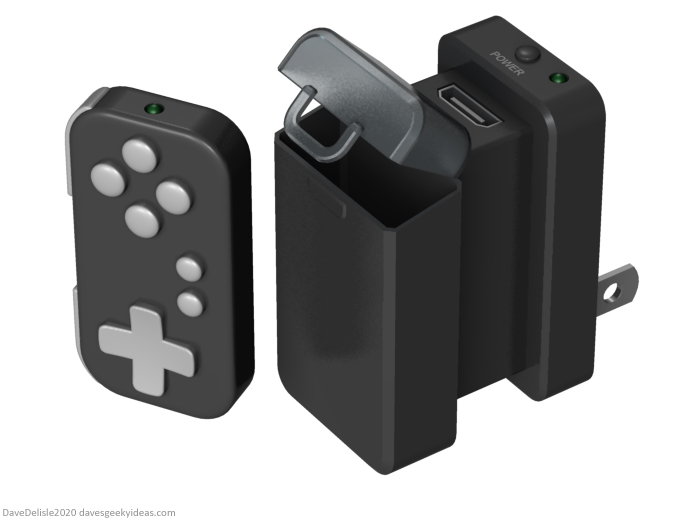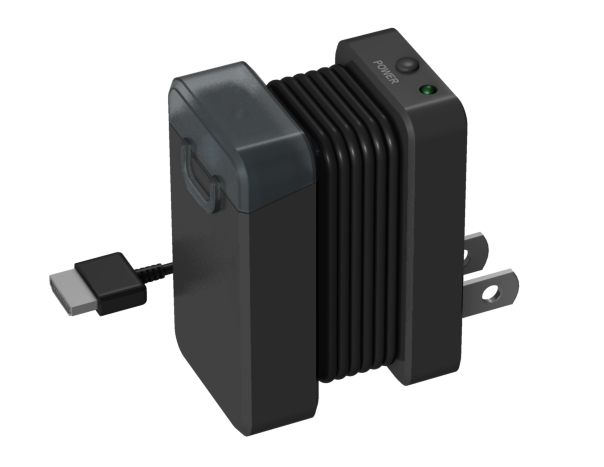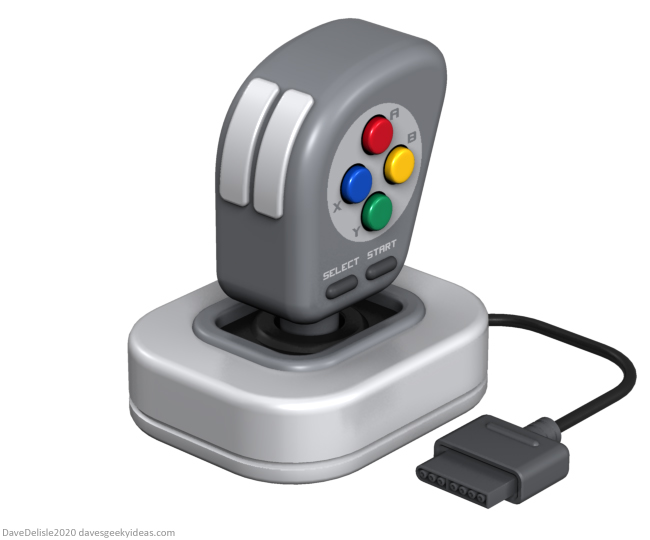
This controller design is to help make older game systems like the NES and SNES become more accessible. While it looks like a regular joystick, this was inspired by automatic shift knobs seen in modern cars. The hand rests on top and moves the stick for D-Pad inputs. The thumb controls the action buttons (A B X Y plus START/SELECT), while the index and middle fingers hit the L and R shoulder buttons (much like clicking on a mouse).
The action buttons can be placed on both sides of the stick to make this for both lefties and righties, OR another set of L and R buttons could be included to achieve the same dual functionality (the shape of the stick would need to be symmetrical). However it would be more comfortable, and better for button-mapping, if a dedicated version was made for right hands, and another for left hands.
While it could be wielded like a regular joystick, this controller may need to be placed in a spot that is similar to the aforementioned car shifter knob. The user would need to be sitting in a reclined position, with the controller parked next to their knee. This layout would yield the most comfort, especially for prolonged gaming sessions.
SNES was used as the example here, but the idea could be applied to most 8-bit and 16-bit systems, or other systems that had a single directional input (Saturn, Dreamcast). I already designed a one-handed controller for the Atari.


